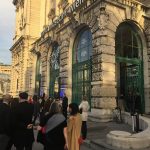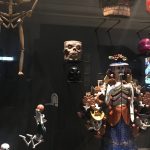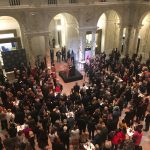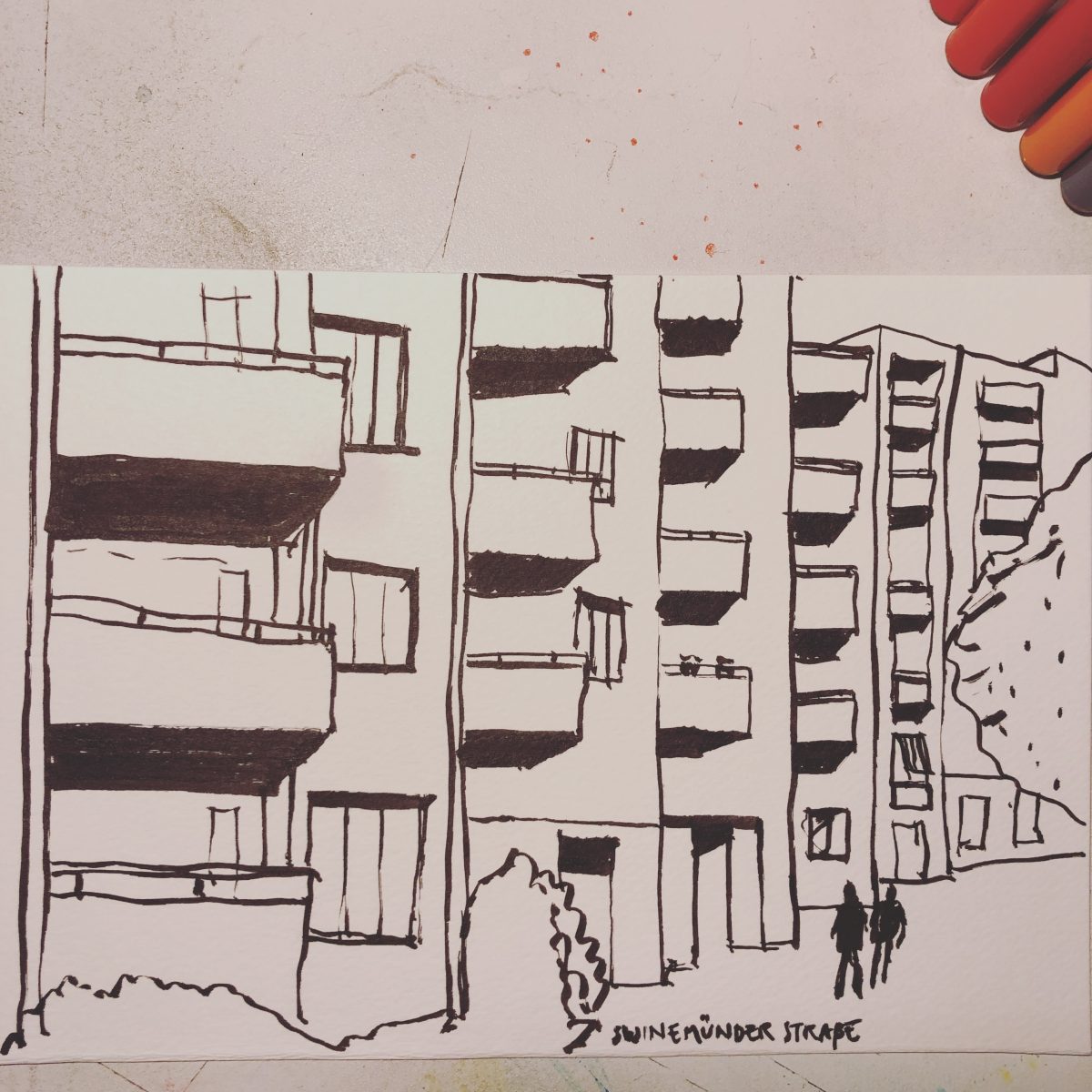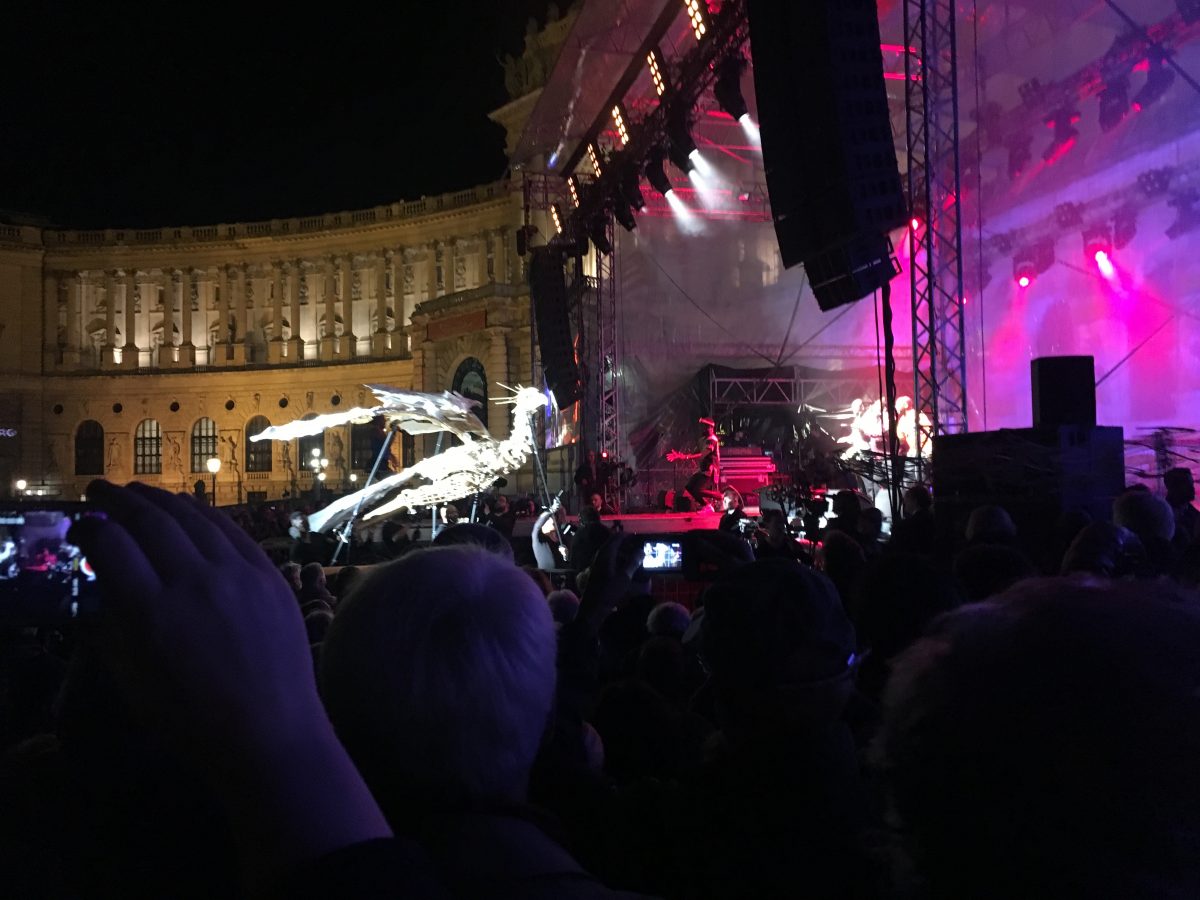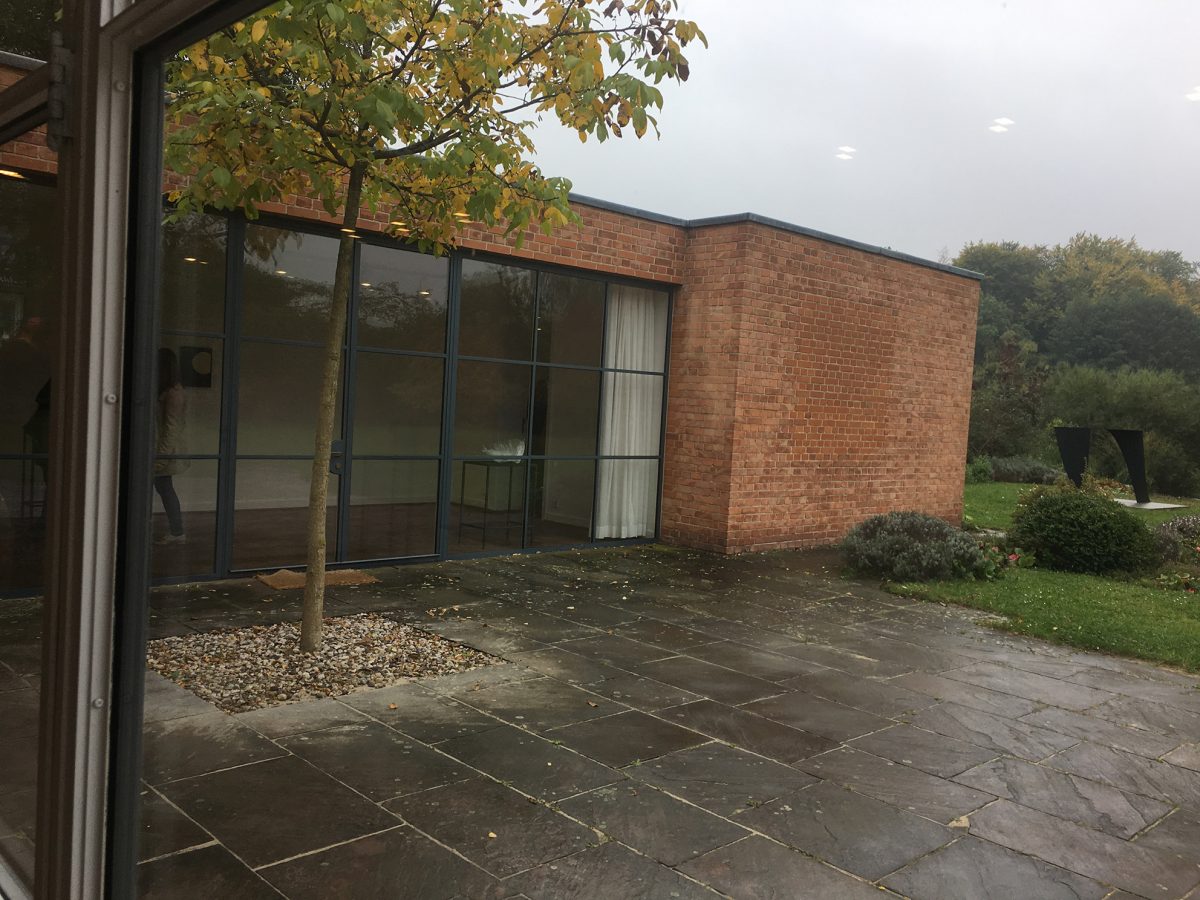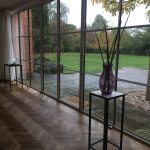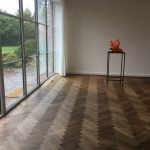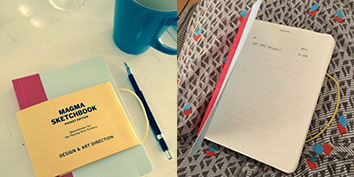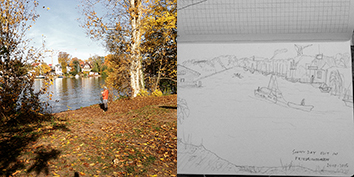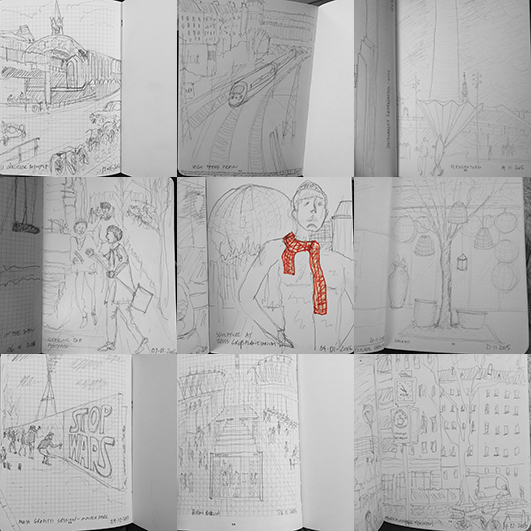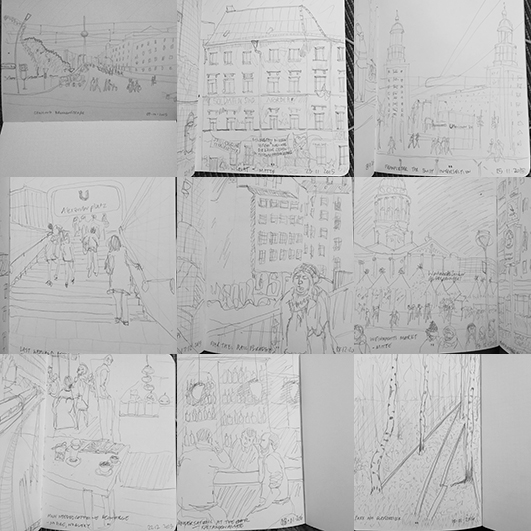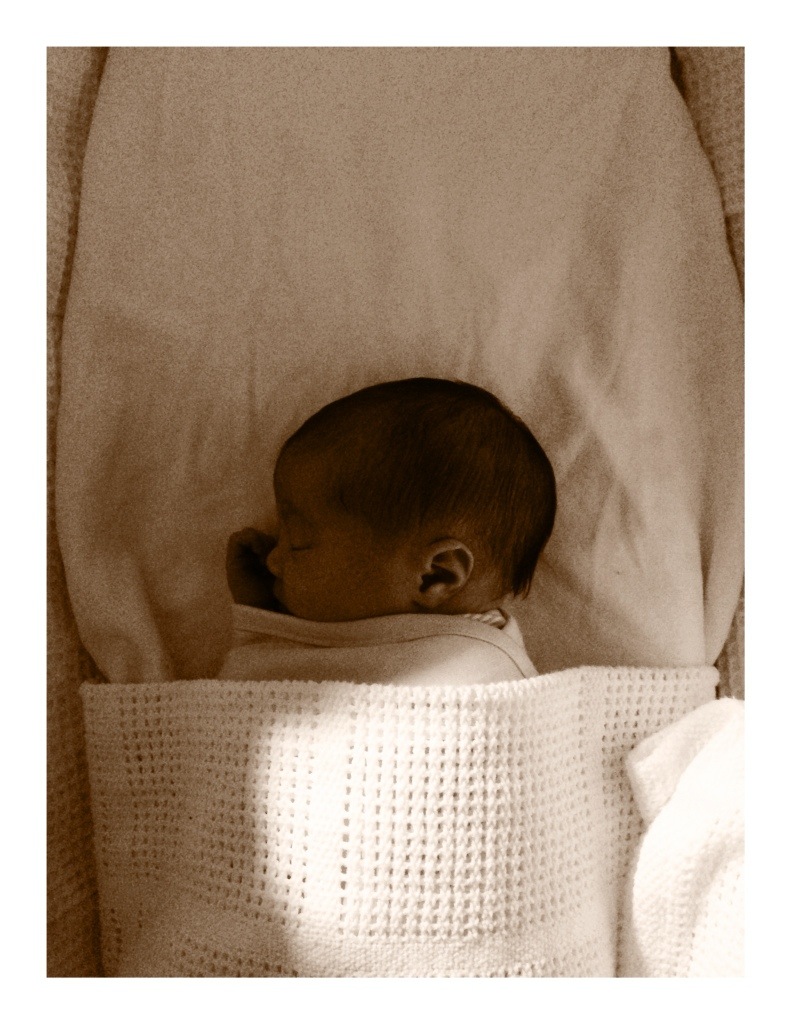We spent a weekend in Vienna primarily for the Weltmuseum reopening event but also took the opportunity to take in the classical architecture (and cakes) Vienna has to offer. Along with the Welt Museum we also toured the Albertina, Naturhistorisches Museum, Schloss Belvedere, and the Leopold Museum.
A little bit about the Weltmuseum, it has one of the world’s most important ethnographic collections with origins dating back to the 16th century and the private collections of the rulers of the Austro-Hungarian Empire. The museum is situated in the Corps de Logis – part of the Neue Burg -a monumental extension of the Vienna Hofburg, which was built in 1881. In 2013 they appointed the team of Hoskins Architects and Ralph Appelbaum Associates to redevelop the exhibition and visitor facilities.
The challenge for the design was to implement the refurbishment of the content of the museum and at the same time to remain sensitive to the qualities of the listed building and its context. The team took a holistic approach of architecture and exhibition design with a common starting point demonstrating the cultural diversity of the collection in their current and historical relationship to the world and to Vienna.
Following changes within the Culture Ministry in 2014 the construction budget of the project was reduced by approximately 40% to €17 million. The design was adjusted to suit a smaller footprint and the design team worked to maintain the original principles.
As well as the exhibition spaces itself, Hoskins Architects designed an event space with a media cube defining the front of the main entrance; it is used for film screenings, as a stage and also as a café-bar, bringing the museum out to the public and improving the civic quality of the Heldenplatz.
The materiality of the refurbishment was carefully considered, new elements in the public areas of the ground floor, such as the foyer, shop and café, on the other hand, use patinated brass surfaces to reflect materials from the existing building fabric itself.
Also part of the scheme visitor routes were adapted so that the impressive ‘Säulenhalle’ or Hall of Columns can now be entered for the first time without a ticket, creating an indoor civic space that is being widely enjoyed. An auditorium was developed with a barrier free connection to the Säulenhalle offering the museum new opportunities for cultural mediation and hosting of external events.
The reopening party on the 25th October was well attended by the public (a bit of star spotting towards the end of the evening, Tilda Swinton and Wes Anderson who were in town for the Viennale popped in for a look). There was a big outdoor show being filmed for tv as part of the festivities. A fun evening all round, thanks to Hoskins Architects for the tour and the invitation to the reopening of the Welt Museum (and the project information).
